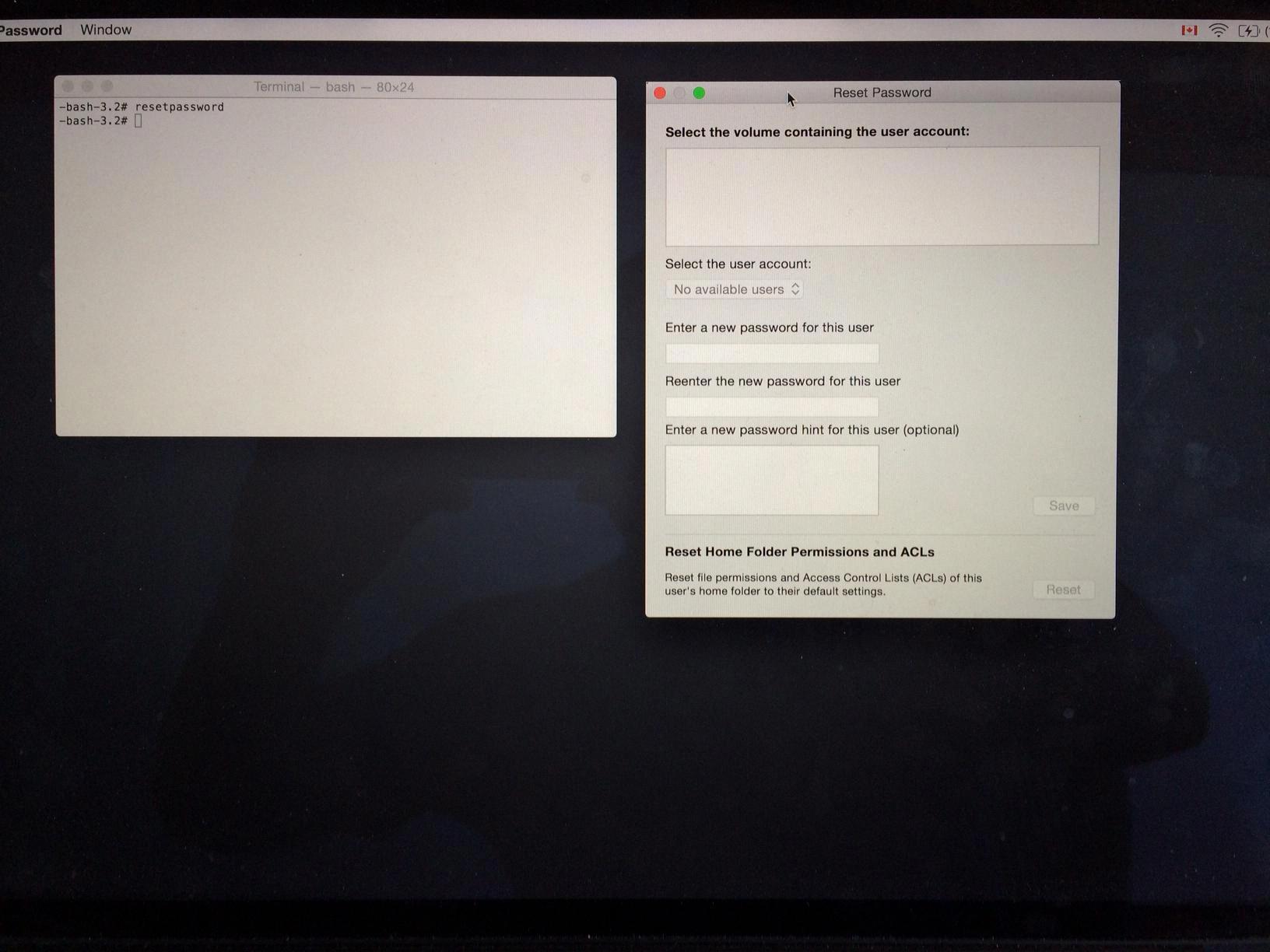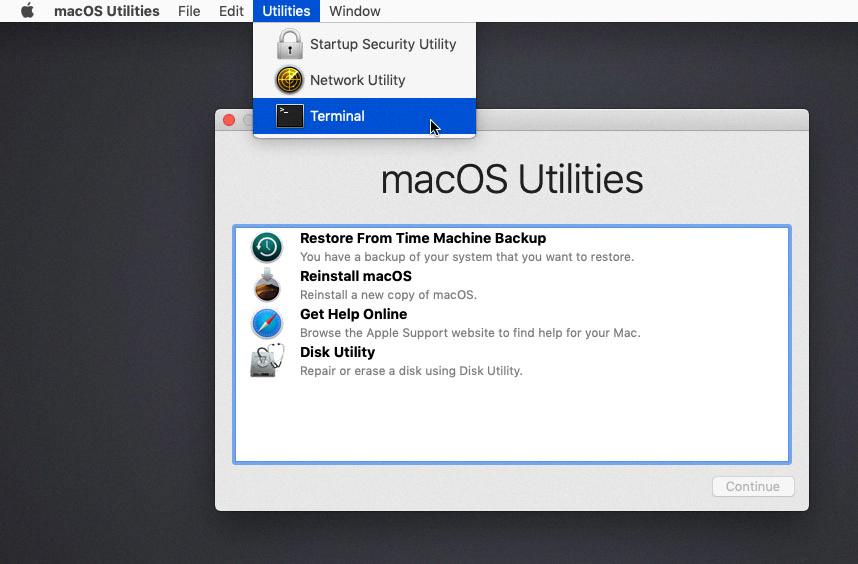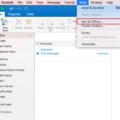Resetting your Mac password can be a daunting task, but don’t worry, because there is an easy way to do it. The Terminal application on Mac provies a quick and efficient way to reset passwords without having to use the Recovery Mode or reinstalling the operating system.
Before we get started, you should know that this process will erase all infomation on your computer, so you should make sure you have backed up all important data beforehand.
Now let’s begin! First of all, open the Terminal application by pressing Command+Space and typing “Terminal”. This will open a window in which you will be able to type commands.
Type in the following command: sudo passwd -u root
This command will prompt you for the current user’s password and then ask for a new one twice. Make sure to remember the new password as it will be needed lter on. Once this is done, type in reboot and press enter. This will restart your Mac and when it boots up again, it should prompt you for the new password you just set.
If you are still not able to log in with your new password, try booting into Recovery Mode by restarting your computer while holding down Command + R until an Apple logo appears onscreen. Then select Utilities > Terminal from the top menu bar and type in resetpassword followed by enter. This command should start a wizard that allows you to change both the username and password associated with your Mac account.
Once this has been done, reboot your Mac once more and try logging into it with your new username and password combination. If eveything has gone correctly, then voila! You now know how to reset Mac Password using Terminal!
Recovering a Forgotten Mac Password
If you have forgotten your Mac password and need to recover it, there are a few steps you can take. First, if you have an Apple ID associated with your Mac, you can try resetting it using your Apple ID. To do this, click the question mark next to the password field when trying to log in. If you don’t see a question mark, press and hold the power button until your Mac shuts down, then press the power button to restart it. You should then see an arrow next to “reset it using your Apple ID.”
If that doesn’t work, or if you don’t have an Apple ID associated with your Mac, you can use Recovery Mode to reset your password. To do this, restart your Mac and hold down the Command and R keys until the Apple logo appeas on the screen. When in Recovery Mode, open Utilities > Terminal then type “resetpassword” (without quotes). This will launch a window where you can enter a new password for your account.
Finally, if none of tese solutions work for you, contact Apple Support for help recovering or resetting your Mac’s password.

Source: apple.stackexchange.com
Bypassing a Password on Mac Terminal
Unfortunately, there is no way to bypass a password on Mac terminal without knowing the current password. If you have forgotten your password, the only way to reset it and gain access to your account is by using the Reset Password assistant, which can be accessed by opening the Terminal app (from the Utilities menu in the menu bar) and typing “resetpassword”. Once you open the Reset Password assistant, you will be able to reset your user account password and regain access to your account.
Finding the Administrator Password on Mac Terminal
To find your administrator password on Mac Terminal, you need to fist enter Recovery mode. To do this, press and hold the Power button until the startup options appear. Then use the Command (?) + R key combination to enter the Recovery mode.
Once in the Recovery mode, click Utilities at the top of the screen and select Terminal. In the Terminal line, type ‘resetpassword’. This will open a Reset Password window where you can select a volume with an admin account (usually it’s your main hard drive). You will then be prompted to enter a new password for your admin account. Enter your desired password and hit return to reset it. Your new password will now be set for your admin account.
Default Password for Mac Terminal
The Mac Terminal does not have a default password. The user will need to set their own password when setting up the Terminal. This can be done by going to System Preferences > Users & Groups and selecting the ‘Change Password’ option. It is important to create a secure password that is difficult for others to guess and that you will remember. As an added security measure, you should also enable two-factor authentication if available, which will require a scond form of authentication before access is granted.
Default Admin Password for Mac
The default admin password for Mac is not pre-set and must be created durig the initial setup. During setup, you will be prompted to enter an admin name and password of your choice. It is important to select a strong password that you can remember but is difficult for someone else to guess. You should also create a backup copy of the password in case you ever forget it.

Source: hellotech.com
Changing a Password in Terminal
Changing your password in the terminal is a simple process. First open a terminal window by typing “terminal” into the search bar of your operating system. Once you have opened the terminal, type in the command “passwd” and press enter. You will then be prompted to enter your current password, whih you must do before being allowed to set a new one. After entering your current password, you will be asked to enter a new password twice. Make sure that you choose a secure password that is difficult to guess and contains both letters and numbers. Once you have entered it twice, press enter again and your password will be changed!
Finding Out My Administrator Password
Unfortunately, it is not possible to find out what your administrator password is. If you have forgotten your administrator password, the best way to reset it is by using anoher Administrator account that has a password you remember. To do this, log on to Windows with the Administrator account and then follow these steps:
1. Click Start and type “Run” in the search bar.
2. In the Open box, type “control userpasswords2”.
3. Click Ok.
4. Select the user account for which you have forgotten the password for and click Reset Password.
5. Enter a new password for that user account in both fields and click Ok.
You will now be able to log on using the new password you created for that user account.
Conclusion
Resetting your Mac password uing the Terminal can be an effective way to regain access to your account if you have forgotten or lost your password. It is important to note that this process will erase all of the data on the hard drive, so it is recommended that you first back up any important files before proceeding. Additionally, you will need to create a new administrator account in order to complete the reset. Once the new account is created and the password reset is completed, you should be able to log in and access your files like normal. Overall, resetting a Mac password using Terminal can be a useful solution if you are locked out of your computer due to forgetting or losing your login credentials.








